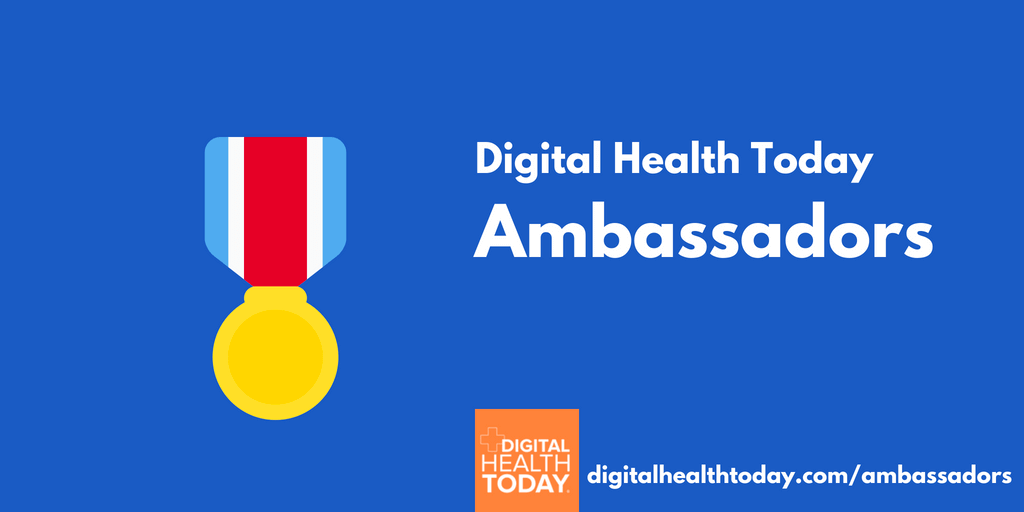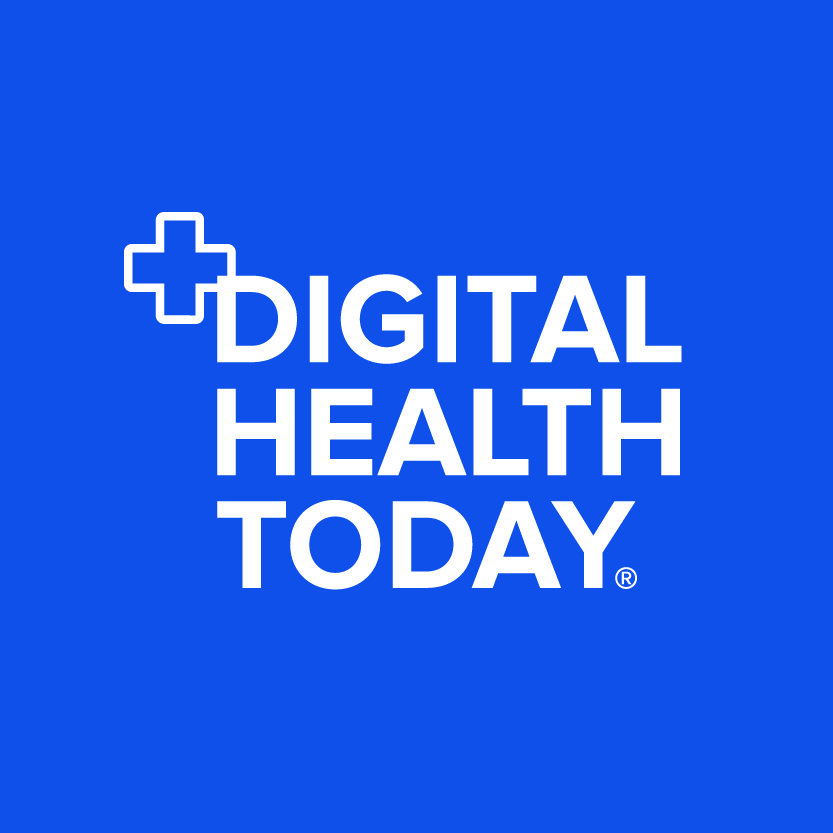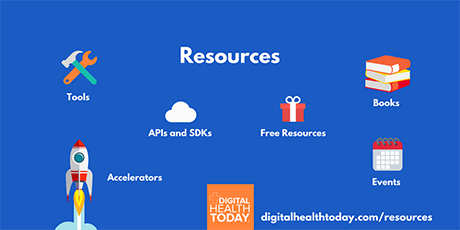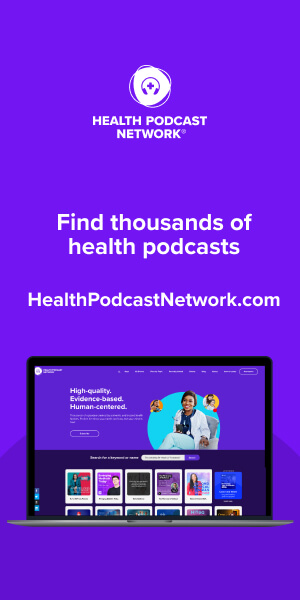Digital Therapeutics (DTx) have been under the spotlight this past year. They have the potential to become a game changer in healthcare for patients, healthcare professionals, pharmaceuticals and insurance companies. The Digital Therapeutics Alliance developed a definition to differentiate DTx solutions from health and wellness apps.
The tipping point of the rise of DTx was Pear Therapeutics becoming the first Prescription Therapeutic Solution to receive clearance from FDA for reSET in September 2017. The ReSET Prescription Digital Therapeutic (PDT), developed in collaboration with Sandoz, treats patients with Substance Use Disorder (SUD). The second milestone was when Pear signed a collaboration deal with Novartis to co-develop digital therapeutics for schizophrenia and multiple sclerosis in March 2018.
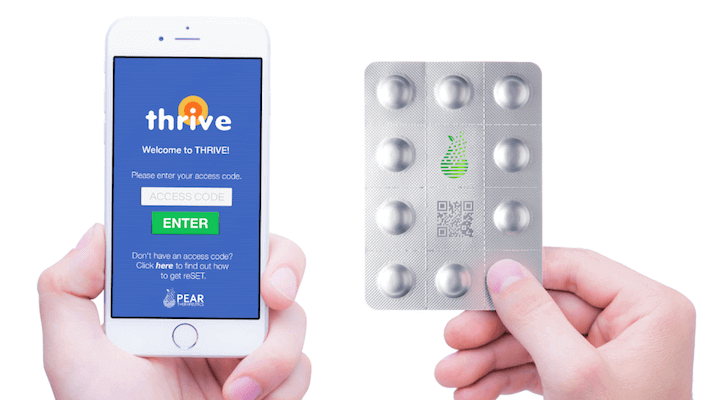
DTX Europe
DTx Europe took place in London. During three days, we discussed the current state and challenges of DTx. The pioneer DTx companies (Pear Therapeutics, Click Therapeutics, Akili Interactive, Voluntis and Kaia Health) as well as pharma companies active in DTx (Sandoz and Otsuka) were present to share their experience and lessons learned those past years, making DTx a reality in the healthcare system. One of the many takeaways from those three days is that Europe is not as far as we think from the US when it comes to DTx. A lot has happened in the past months, with a lot of European DTx startups emerging.
Some of the key topics discussed at the conference were collaboration with pharmaceuticals, adoption and engagement, business models, regulation and lots of concrete tips for entrepreneurs interested in launching a DTx on the market:
Why are pharmaceuticals looking at DTx?
The pharma sector has been undergoing changes, moving towards value-based healthcare, which makes a nice path for DTx to come in, complement their offerings and offer a good differentiator factor: DTx solutions have the potential to collect lots of real world data about the users and pharma companies could use those data to improve their drugs, adjust therapy pathways and come up with new treatments.
Dthera Sciences focus on neurodegenerative solutions such as Alzheimer’s, delivering digital reminiscence therapy
Pharmaceutical companies are looking for sustainable new business models to complement their traditional activities. DTx could be used in phase II of clinical trials for monitoring patients, helping reduce costs of drug development and speeding up that phase. They could even become the new biosimilar.
DTx are also attractive for pharmaceuticals because they have the potential to treat diseases with no or limited current treatment, like IBS (Inflammatory Bowel Syndrome) and to address better comorbidities with a unique solution: 30% of patients with migraine also suffer from IBS for instance.
Bold Health are developing digital treatments for functional and autoimmune condition using machine learning and cognitive behavior therapies (CBT).

What matters are the outcomes
Outcome should be the goal of any DTx solution regardless of the intervention, whether it’s digital or not.Treatment is not sufficient anymore; what matters are the outcomes. Getting to know the patient enables better treatment options. For example, the patients suffering from schizophrenia are more comfortable with technology than with people, which makes DTx solutions more efficient. Digital solutions and data can help patients be more in control of their health and diseases.
Curelator address migraine management by helping each individual to map out factors affecting or improving their migraine and giving them CBT tools to manage the attacks and avoid medication overuse.
Untire app is improving cancer patients life by decreasing fatigue and increasing happiness.
Engagement and adoption
‘The blockbuster drug of the century is the engaged patient.’ ~ Anand Lyer, WellDoc
It’s not enough to develop a technologically advanced solution if the patients are not using it.
It’s essential to fully understand the problem that needs to be solved and to focus on the User Experience when developing the solution, as it is key to make the solution attractive, keep users engaged and adherent to the therapy. Catering for cultural differences is also key as patients in different countries think and behave differently.
Kaia Health develop a multimodal back pain personalized therapy combining physical, psychological and educational elements, as well as AI and motion sensors to ensure the most effective therapy. ‘Kaia listens. Kaia adapts´.
Moovcare detect relapse or complication during follow up of lung cancer thanks to patients sharing their symptoms regularly and a machine learning algorithm. They recently got reimbursement authorisation from French insurance system.
Adoption will probably be the main challenge for DTx to go mainstream:
Many pharmaceuticals have already shown great interest so we can hope that adoption will be easier. Interestingly, the biggest challenge for them to move forward, as mentioned by Sandoz, was to convince the rest of the company of the opportunities that DTx can bring and the benefits for the patients.
Healthcare professionals are a very important group to adopt DTx but education is essential for them to understand the benefits and how to use DTx. Startups have an education role on what is happening in the space. It’s also important to differentiate between primary care physicians, specialists and nurses and to define the messages specifically for each group.
What should be the best market access? Dtx companies like Click Therapeutics partner with pharma companies so they can distribute their solutions to healthcare professionals through their sales rep networks. The challenge is that the profile of the sales rep recommending DTx is different than traditional reps. They should have an entrepreneurial mindset and a natural interest for data and technology. Some other DTx companies are starting to develop their own sales forces, but it requires money to run it. Others are partnering with insurance companies who are buying DTx solution licences and pushing them directly to the end users. KOL advocacy is also very important and a great way to get other professionals on board.
When it comes to patients and consumers, we can expect the adoption to be easier with the millennials and GenX who won’t accept the system as it is now and are big users of technologies. They don’t like waiting list and would happily use apps instead.

Business Models
Once we pass the adoption challenge, the next step is to reach economic Return on Investment, but finding the right business model is not easy. It should focus on cutting costs for healthcare professionals and reducing claim cost or adding a price point to the package by adding additional services for payers.
The ideal business model for DTx solutions is to be recognized and prescribed by healthcare professionals and reimbursed by payers. Other possible DTx business models are license distribution, direct to carers, risk sharing with payers or healthcare professionals, data sales, direct to device manufacturers as an added value to their product. If you try to do something very innovative, don’t set up an innovative business model. When working with pharmaceuticals, stick to pharma deal structure.
What we are currently missing is a commercial success. That’s why all eyes are on Sandoz as they are expecting the first commercial results from their collaboration with Pear Therapeutics towards the end of the year. It will be a key indicator of the timeline for DTx to become the new traditional therapy.
Regulatory
Regulatory is still a grey area around DTx. There has been a growth in competence in regulatory validation from regulatory bodies those past years but things are not too clear yet. The new directives from the European Union on Medical Devices Regulation (MDR) will be enforced on 26th May 2020 and will embrace DTx: they will fall under class II or class III. Nonetheless, EU regulatory bodies specialized in DTx would be needed to accelerate development of DTx. FDA authorities on the other side have been proactive.
Regulation is important from the entrepreneur point-of-view as it increases the price point but it also means that it will be more complex for them to enter the market
As a wrap up, here are some advice to companies looking at launching a DTx solution:
- Understand well the problem that you are trying to solve
- Recruit patients early and keep them engaged
- When scaling up, keep in mind the cultural factors and adapt your DTx solution
- Identify a niche market where diseases don’t have a cure or costs are high
- Get to know payers and the dynamic between the different stakeholders. Talk to them early on to create a pathway for the next 2-6-10 years, with different possible strategies.
- Talk to other DTx companies, collective learning is key to go forward as there is no real rules to follow. Learn from them but remember that each pathway is individual and unique
- Identify the hurdles on the market, put a value ($$) on it (savings, cost reduction) and the money will follow
- Once you start getting traction, learn to say NO, even to very attractive deals.
The current hot markets for DTx are Boston, UK, Germany and the emerging markets. Several insurers, including Barmer, Allianz and AOK, are reimbursing DTx in Germany.
If you want to partner with pharmaceuticals:
- Partner with the right one for the right reason.
- Make sure you know their business and product and come up with a clear value proposition
- Have a C-level champion inside the pharmaceutical
- Carry on clinical trials as it’s the only data that pharmaceuticals understand
- Go through regulatory clearance
- Collaboration deal won’t happen overnight, be patient.
Special tips when looking at the US market:
- Finding the right partner to enter the US market is key
- Get to know patients in the US – the way they think is different from other countries
- The clinical validation will need to be done partially in the US for US customers to consider working with you
- It’s easier to scale in the US: 1 country with 1 dominant language and a common system
- Since there is no reimbursement category for DTx, it’s very complicated to close a deal with an insurance company. Instead, speak to private payers and especially self-insurer brokers.
- Some DTx solutions developed by European companies (ie: ageing) have potential to succeed in the US since there is no local competition.
- Talk to the FDA, they are here to help you.

